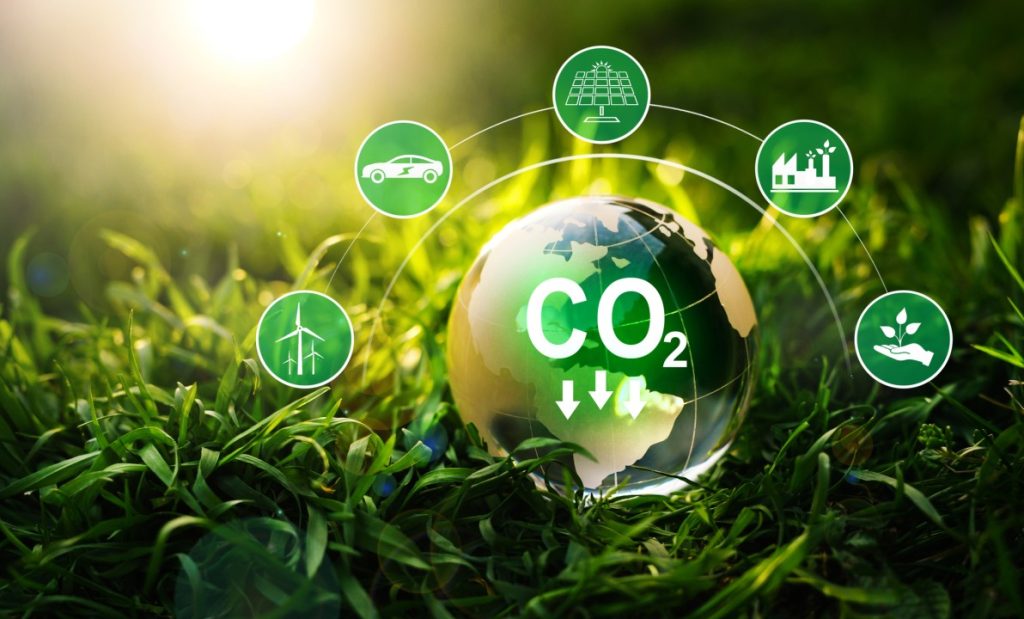
Is Asia Pivotal in the Global Transition to Net Zero?
The Asian Development Bank (ADB) recently unveiled a thematic report, ‘Asia in the Global Transition to Net Zero’, shedding light on the potential pathways and implications of a net-zero transition for developing Asia. But what does this mean for the continent that is simultaneously burgeoning economically and is highly susceptible to climate change? Let us delve into the key takeaways from the report and explore the future that lies ahead for Asia in the global climate narrative.
🔗 Read the Full ADB Report Here 🔗
The Imperative of Asia’s Transition to Net Zero
🔥 Asia’s Emission Dilemma 🔥
Developing Asia, whilst being a significant contributor to global greenhouse gas emissions, is also among the most vulnerable to the impacts of climate change. The ADB report meticulously models various emission pathways, juxtaposing the commitments under the Paris Agreement against more optimal, albeit challenging, routes to net zero.
Transformational Pathways 🌱
The transition to net zero necessitates transformative changes in energy and land use, with implications permeating through various sectors such as agriculture, industry, and services. The investment required is colossal, yet the benefits, in averting climate damages and enhancing air quality, could potentially outweigh the costs by a factor of five.
Navigating the Pathways to Net Zero
Illuminating the Path with Policy 💡
The report identifies three pivotal policy pillars for achieving Asia’s low-carbon transition:
- Reforming Prices: Establishing and implementing effective carbon pricing.
- Facilitating Decarbonisation: Incentivising and enabling low-carbon responses across sectors.
- Ensuring Fairness: Developing policies that ensure an equitable transition, safeguarding vulnerable populations.
Employment in the Energy Sector 🏭
Interestingly, the report suggests that deep decarbonization could potentially bolster employment in the energy sector, opening avenues for economic growth and development amidst the transition.
Balancing the Socioeconomic Scales in the Transition
Agriculture and Land Use 🌾
A significant portion of the report is dedicated to discussing the transformations required in agriculture and land use. With strategies such as the Agroforestry Policy 2014 and others related to Land Use, Land-Use Change, and Forestry (LULUCF), the aim is to mitigate climate change whilst enhancing agricultural productivity.
Developing Asia’s Low Carbon Transition
The transition is scaffolded on three pillars: reforming prices through mechanisms like carbon pricing, facilitating low-carbon responses, and ensuring equitable development through fair policies, especially for developing and low-income countries.
Synergy in Adaptation and Mitigation 🔄
The synergy between adaptation and mitigation is underscored through initiatives like developing energy-efficient households, especially for low-income groups, and innovative financing mechanisms that channel both private and public resources towards addressing global challenges.
🚀 Towards a Sustainable Future 🚀
The journey towards a sustainable, net-zero future is rife with challenges and opportunities. The ADB report provides a comprehensive roadmap, highlighting the criticality of policy reforms, investments, and socioeconomic considerations in navigating this path.
🗣️ Join the Conversation 🗣️
What are your thoughts on Asia’s role in the global transition to net zero? How can policies and investments be optimised to facilitate a fair and efficient transition? Share your thoughts and let us catalyse a meaningful dialogue on this pivotal journey towards a sustainable future.
🌟 #ClimateChange 🌟 #NetZero 🌟 #ADBReport 🌟 #SustainableFuture 🌟 #AsiaClimateAction 🌟

